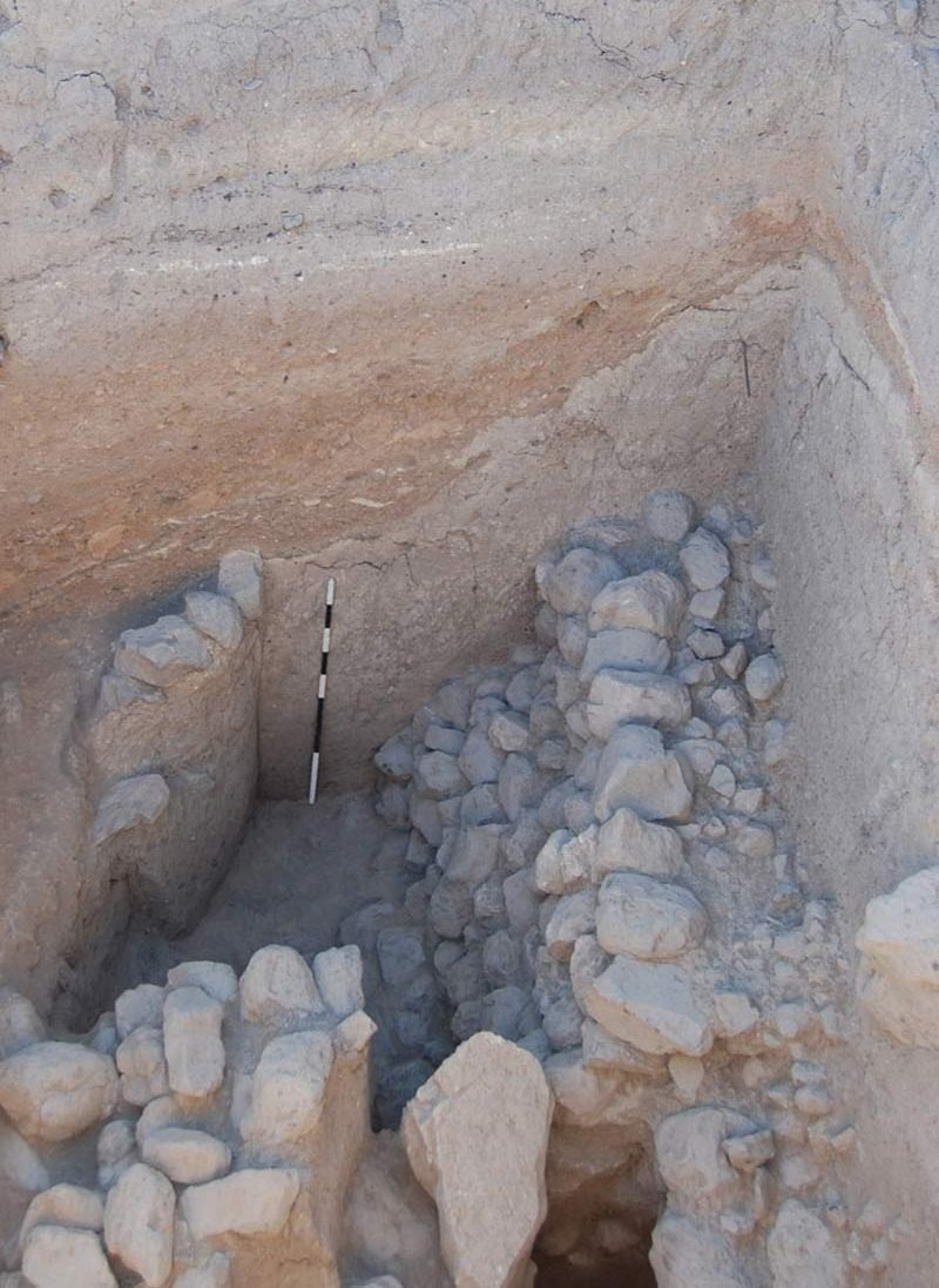Ancient City That Mysteriously Survived Mideast Collapse Discovered [Photos]
Archaeologists have discovered an ancient city in northwest Syria, which is claimed not only to survive the Middle East civilization collapse, but also to expand after that.
While ancient civilizations across the Middle East couldn't survive the global drought that occurred about 4,200 years ago, an incident, believed to be the possible cause of the Mideast collapse, the ancient city of Tell Qarqur mysteriously thrived.
The mud-brick homes beyond the city's defense walls discovered by Jesse Casana, a professor of anthropology at the University of Arkansas and Boston University archaeologist Rudolph Dornemann suggest that the city was thriving even at a time when many cities across the Middle East were being abandoned.
According to researchers, while there was extensive desertion of many of the largest archaeological sites and ancient cities in the region, settlement continued at Tell Qarqur and probably at other sites also in the Orontes River Valley. Tell Qarqur was occupied for about 10,000 years, between 8,500 BC and AD 1350, said archaeologists.
It has been nearly three decades, since the excavations at the site were started. However, only a small part of the city has been unearthed so far.
Archaeologists have found ancient objects at the site. One of the most interesting ones was a small temple or shrine made out of stone, which is also believed to be 4,200 years old.
Other findings include large standing stones, bones from baby sheep, cult stands used for incense and many decorative figurines.
Scientists are not yet sure about why Tell Qarqur is different and how the ancient city survived and expanded.
Check out the photos below:







© Copyright IBTimes 2024. All rights reserved.












